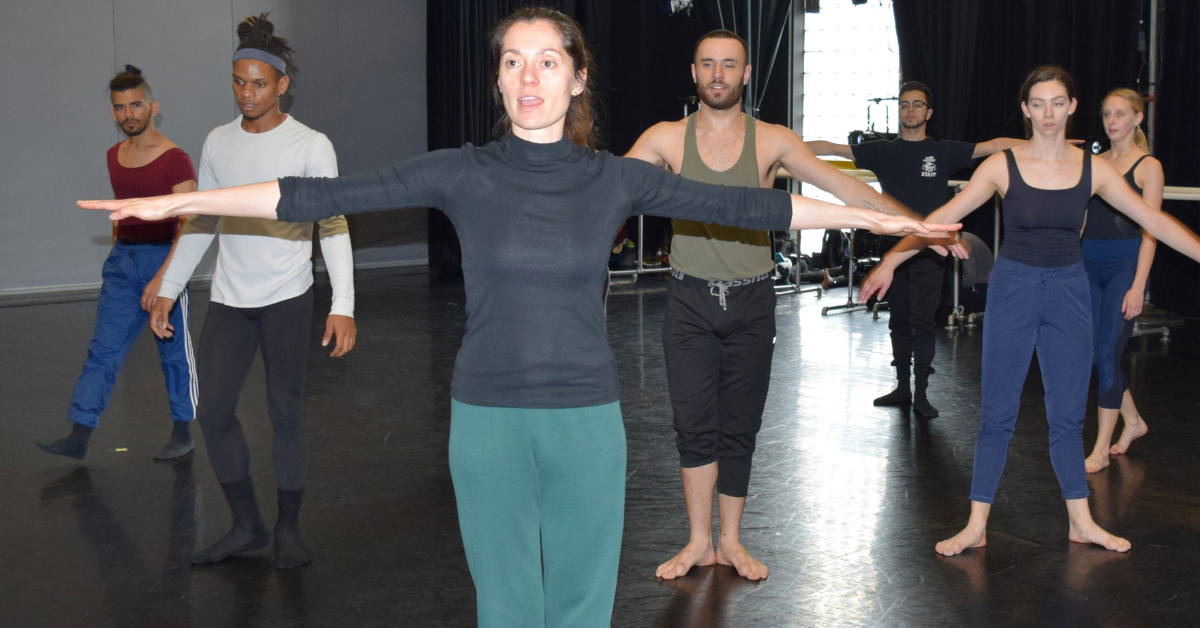Influential Art Exhibitions that Defined the History of Modernism brought its Influence to the World
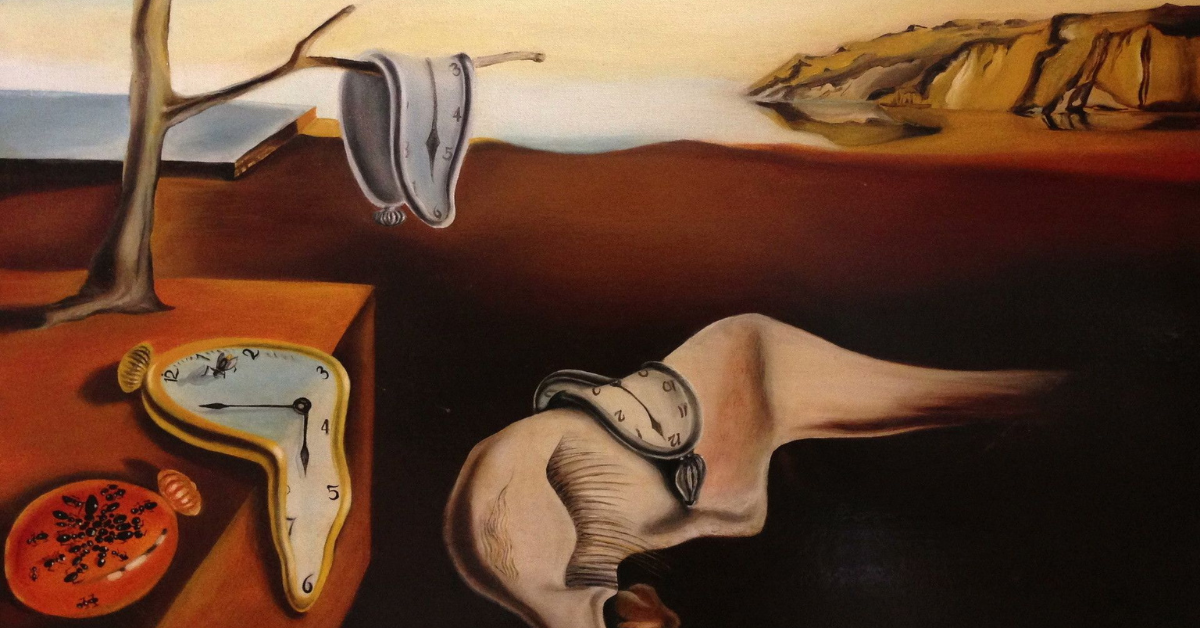
Art exhibitions have played a pivotal role in shaping not just the art world, but also modern societal and cultural movements. From challenging norms to breaking boundaries, these events have changed the way we understand and appreciate art. Below is a comprehensive look at some of the most influential exhibitions, their significance, and why they continue to matter.
1. The Armory Show (1913) – The Birth of Modern Art in America
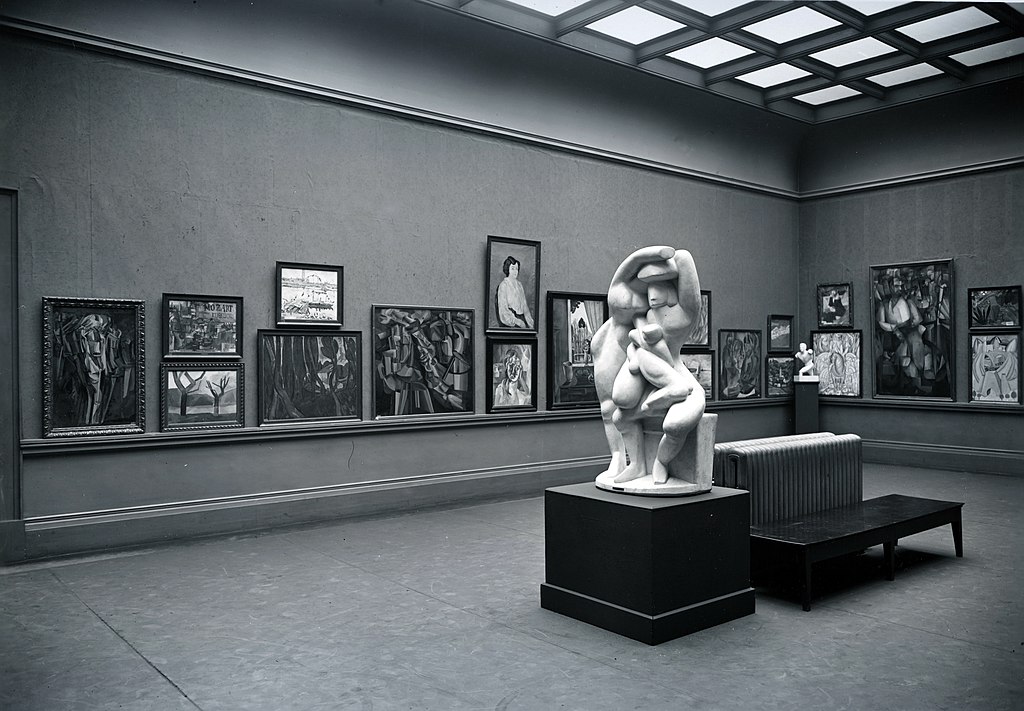
The *Armory Show* was the first major exhibition of modern art in the U.S., held in New York City. It introduced American audiences to European avant-garde styles, featuring revolutionary works from artists like Pablo Picasso, Henri Matisse, and Marcel Duchamp. Duchamp’s *Nude Descending a Staircase, No. 2*, with its abstract depiction of motion, was particularly controversial.
Why It Matters:
The *Armory Show* challenged the dominance of realism in American art and opened the door for abstract movements like Cubism and Fauvism to take root in the U.S. It sparked debates about what constituted art and influenced a new generation of American artists to embrace abstraction. This exhibition helped usher in modernism in America, shaping the art scene for decades to come.
Fun Fact:
Former President Theodore Roosevelt was so confused by Duchamp’s work that he famously declared, “That’s not art!”
For more on how modernism shaped contemporary culture, explore [Tate’s Modernism Overview](https://www.tate.org.uk/art/art-terms/m/modernism).
---
2. Salon des Refusés (1863) – The Rebellion Against Tradition
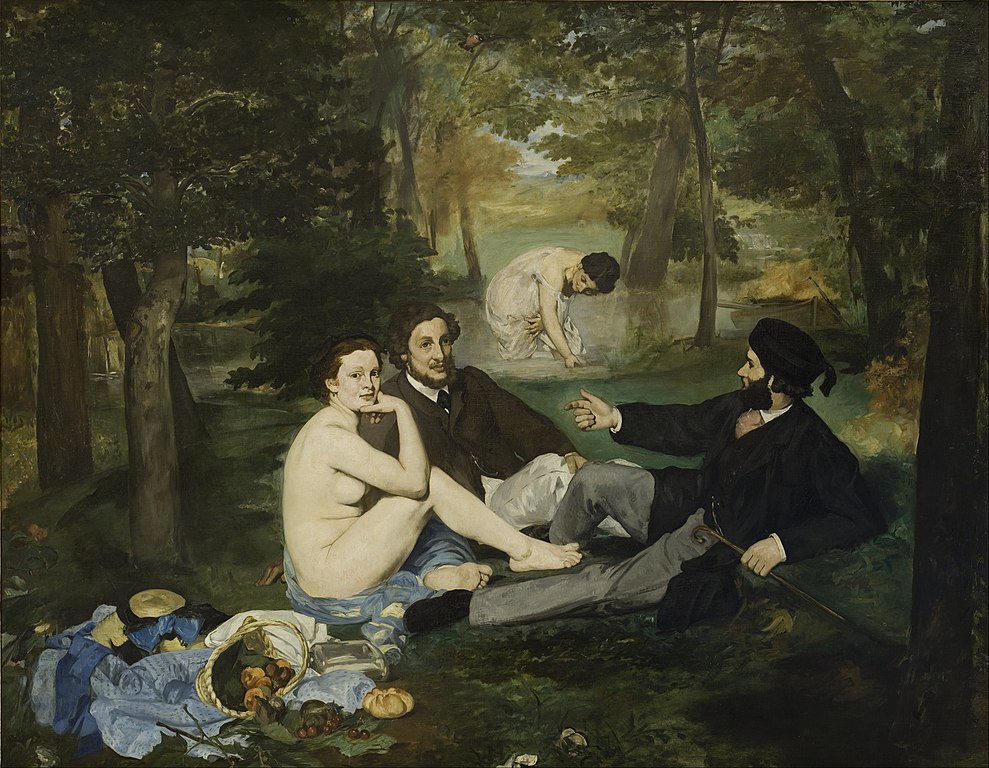
The *Salon des Refusés* was organized by Napoleon III after numerous avant-garde artists were rejected from the traditional Paris Salon. It showcased controversial works such as Edouard Manet’s *Luncheon on the Grass*, which shocked viewers with its unidealized portrayal of nude figures in a modern setting.
Why It Matters:
This exhibit symbolized the growing rebellion against academic art and the emergence of new artistic movements. The *Salon des Refusés* paved the way for Impressionism, as artists began breaking free from classical techniques and exploring light, color, and modern life in their work. The exhibit demonstrated the power of challenging institutional authority and allowed new artistic voices to emerge.
Fun Fact:
Napoleon III himself ordered the exhibition so the public could judge the controversial works—making it one of the first public-facing protests in the art world.
Learn more about this rebellious exhibition through the [Art Encyclopedia](http://www.visual-arts-cork.com/history-of-art/salon-des-refuses.htm).
3. This Is Tomorrow (1956) – The Rise of Pop Art
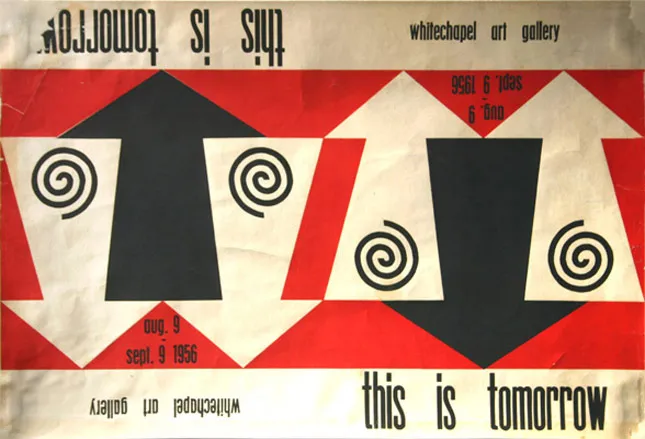
Held at the Whitechapel Gallery in London, *This Is Tomorrow* was a landmark exhibition that blended art, architecture, and popular culture. Artists like Richard Hamilton used mass media, consumerism, and advertising as central themes in their works, sparking the rise of Pop Art.
Why It Matters:
The exhibit marked a major moment in the development of Pop Art, a movement that redefined the boundaries between “high” art and popular culture. It questioned traditional notions of art and embraced the influence of commercialism, paving the way for postmodernism. Contemporary artists continue to explore themes of consumerism, media, and everyday objects thanks to the foundation laid by *This Is Tomorrow*.
Fun Fact:
Richard Hamilton’s collage *Just what is it that makes today’s homes so different, so appealing?* became one of the earliest icons of Pop Art, integrating imagery from advertising and popular magazines.
Learn more about Hamilton’s influence on Pop Art at [Tate's Richard Hamilton Overview](https://www.tate.org.uk/art/artists/richard-hamilton-1253).
4. The Dinner Party (1979) – Feminism Meets Art
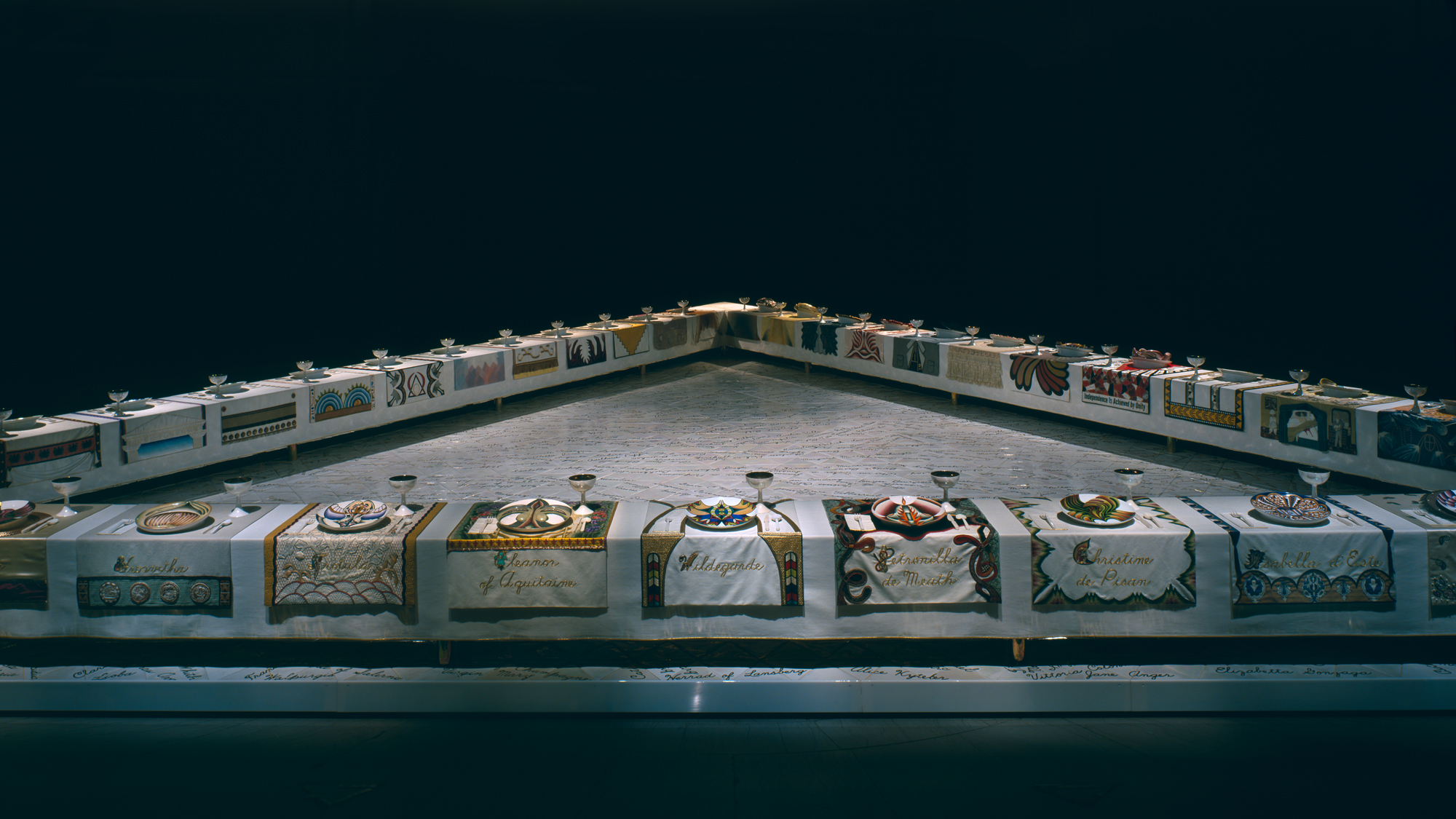
Judy Chicago’s *The Dinner Party* is a monumental feminist art installation that honors 39 women from history. The triangular table features place settings for each woman, symbolizing their contributions with elaborate ceramic plates and textiles.
Why It Matters:
*The Dinner Party* was groundbreaking for its focus on women’s roles in history, challenging the male-dominated art world. It played a critical role in bringing feminist themes into the mainstream art world and encouraged a dialogue around gender, identity, and representation. Today, it continues to inspire discussions on equality and remains one of the most significant feminist works in contemporary art.
Fun Fact:
Judy Chicago and her team spent five years creating the installation, with over 400 volunteers contributing to its creation.
You can explore more about this powerful piece at the [Brooklyn Museum’s permanent collection](https://www.brooklynmuseum.org/eascfa/dinner_party).
5. Documenta (1955-Present) – Global Art and Activism
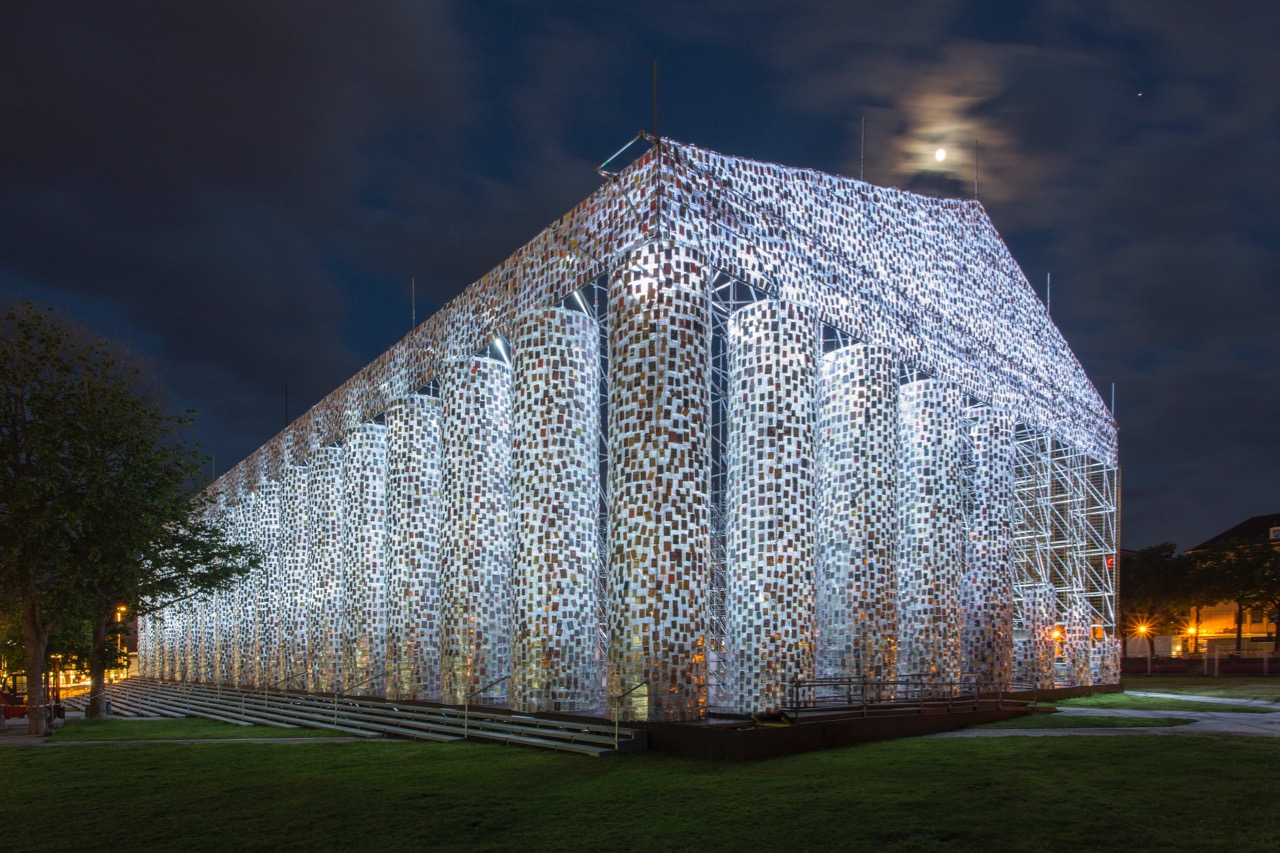
Documenta, held every five years in Kassel, Germany, is one of the most influential contemporary art exhibitions in the world. Originally established to reintroduce modern art to post-war Germany, Documenta has since grown into a platform for art that addresses political, social, and environmental issues.
Why It Matters:
Documenta consistently brings politically charged art to the forefront, encouraging audiences to engage with critical global issues such as migration, human rights, and the environment. It stands out as a platform where art is not just a reflection of society but an active force for change. The exhibition continues to push the boundaries of what art can achieve and has had a lasting impact on how contemporary art engages with activism.
Fun Fact:
The first Documenta was a small event organized as part of a horticultural exhibition, and it has since grown into a global phenomenon.
For more on Documenta’s history, visit the [official site](https://www.documenta.de/en/).
6. Venice Biennale (1895-Present) – The Global Stage for Contemporary Art
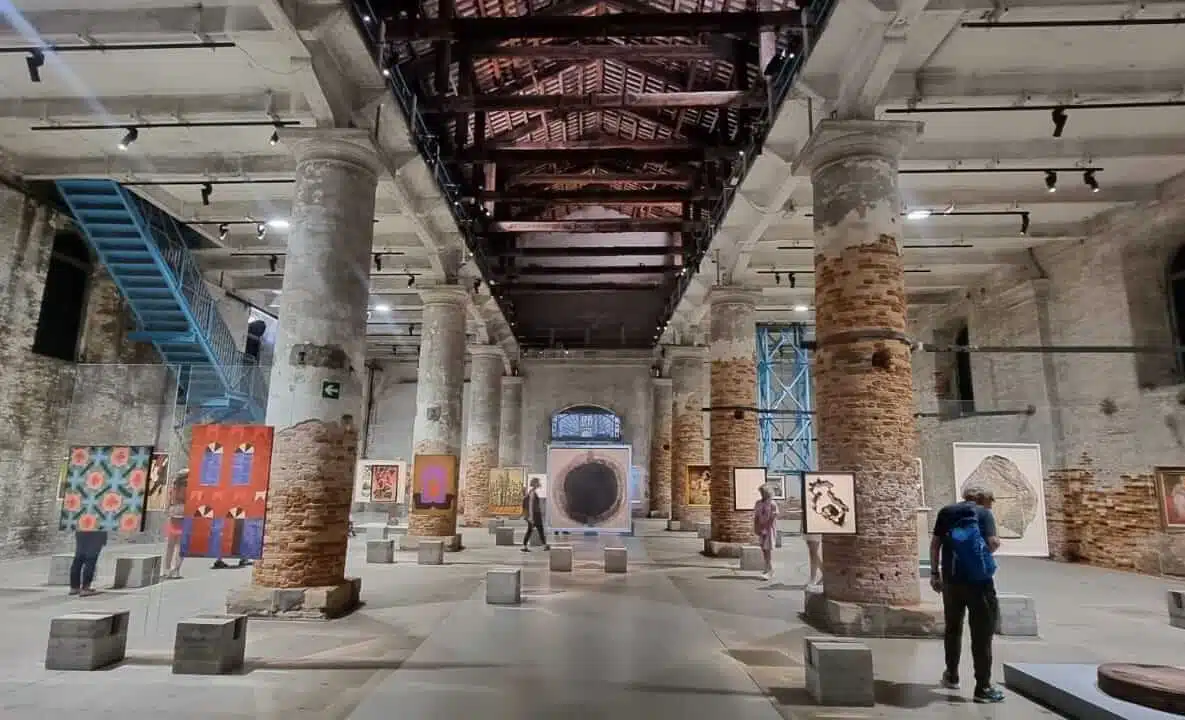
The *Venice Biennale* is one of the oldest and most prestigious contemporary art exhibitions, showcasing work from around the world. National pavilions allow countries to feature their most innovative artists, making the Biennale a key stage for emerging trends.
Why It Matters:
As a platform for showcasing cutting-edge art, the *Venice Biennale* sets global trends and often launches the careers of emerging artists. It provides a space for diverse voices to engage in global conversations about art, culture, and politics. The Biennale remains one of the most important art events in the world, shaping the contemporary art landscape for years to come.
Fun Fact:
The *Venice Biennale* was initially conceived as a way to celebrate Italy’s unification but has since evolved into an international showcase.
For more insights on the Venice Biennale’s history, check out [Artsy’s article](https://www.artsy.net/article/artsy-editorial-venice-biennale-history-politics-art).
7. The International Exhibition of the New Realists (1962) – A Game-Changer for Pop Art
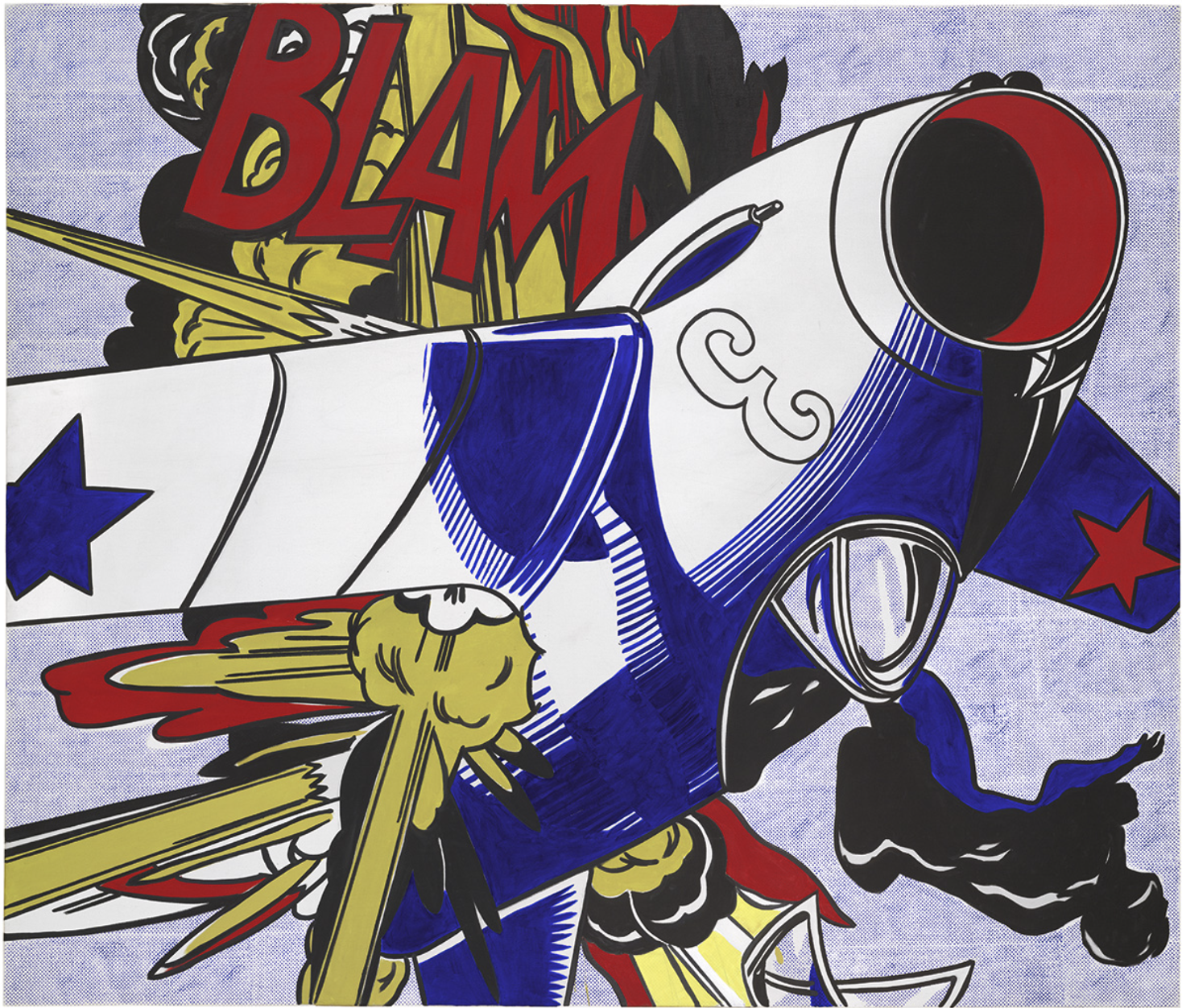
This exhibition, held at the Sidney Janis Gallery in New York, introduced Pop Art to a wider audience by showcasing works from Andy Warhol, Roy Lichtenstein, and others. It celebrated consumer goods and mass production, making everyday objects subjects of fine art.
Why It Matters:
The exhibition blurred the lines between high and low art by integrating consumer goods and popular culture into the fine art space. By legitimizing themes of consumerism and mass production, the *International Exhibition of the New Realists* set the stage for Pop Art to flourish. Its influence is still seen today in advertising, fashion, and contemporary art.
Fun Fact:
Warhol’s *Campbell’s Soup Cans* were initially dismissed as trivial but are now some of the most iconic works in the art world.
For more on Pop Art’s legacy, explore the [MoMA’s collection](https://www.moma.org/learn/moma_learning/themes/pop-art/).
8. Sensations (1997) – When Art Provokes
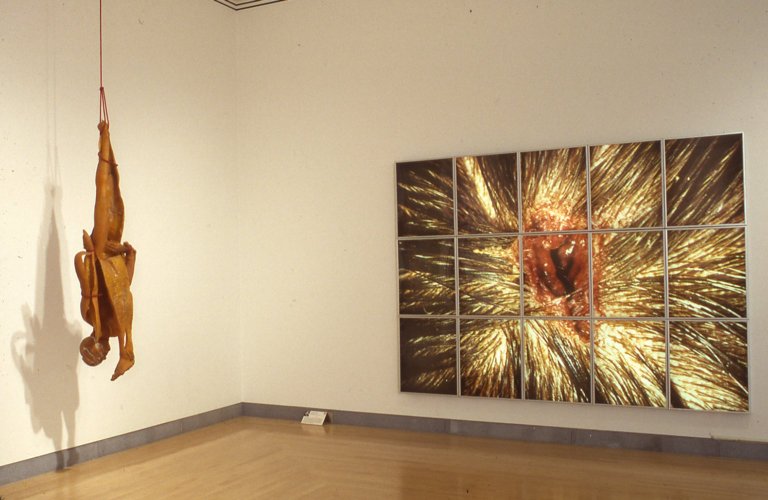
The *Sensations* exhibition, held at the Royal Academy of Arts in London, featured the provocative works of the Young British Artists (YBAs), including Damien Hirst and Chris Ofili. Ofili’s *The Holy Virgin Mary*, which incorporated unconventional materials like elephant dung, caused public outrage and sparked debates about decency and censorship in art.
Why It Matters:
*Sensations* redefined the boundaries of what is considered acceptable in art, challenging audiences to confront uncomfortable truths about religion, culture, and decency. The exhibition highlighted art’s role in provoking dialogue and forcing society to reflect on its values. It remains a landmark in contemporary art for pushing the limits of what art can achieve in terms of provocation and thought.
Fun Fact:
New York’s Mayor Rudy Giuliani threatened to cut public funding for the Brooklyn Museum over its decision to display *The Holy Virgin Mary*.
For more on controversial art, check out the [Tate’s exploration](https://www.tate.org.uk/art/artworks/ofili-the-holy-virgin-mary-t07502).
Conclusion: The Lasting Impact of These Exhibitions
From challenging societal norms to inspiring entire movements, these exhibitions have shaped the way we view art today. Their influence extends beyond the galleries, affecting culture, politics, and public discourse on a global scale. Each exhibition remains a testament to the power of art as a catalyst for change and a reflection of its time.
Similar Posts
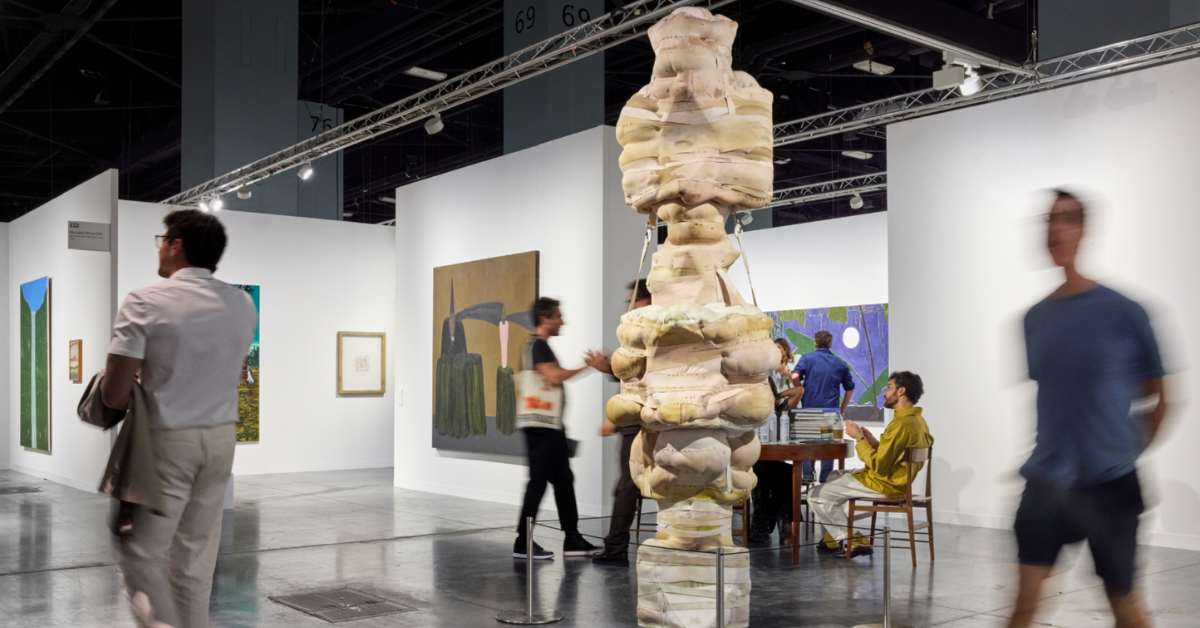
Crossroads of Culture: Highlights from Art Basel Miami Beach 2025
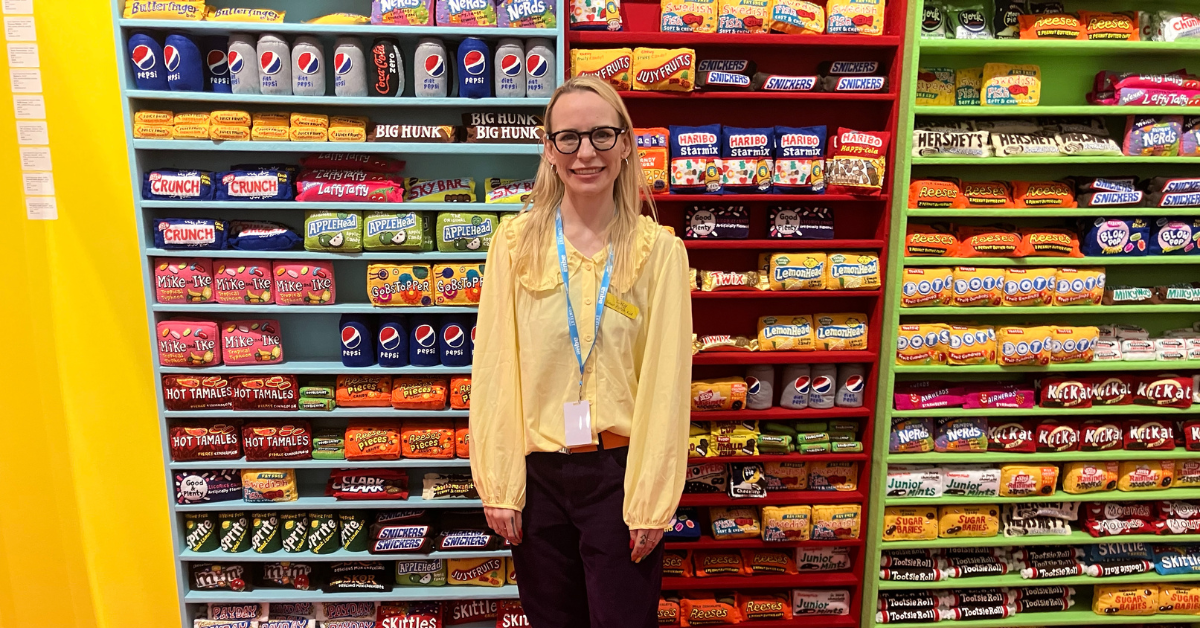
Spotlight Series: Artists who took center stage during Miami Art Week

Savor the Season: Bulla Gastrobar Unveils a Spanish-Inspired Fall Menu

The Sound Inside Us: How Music Rewires the Mind and Restores the Soul
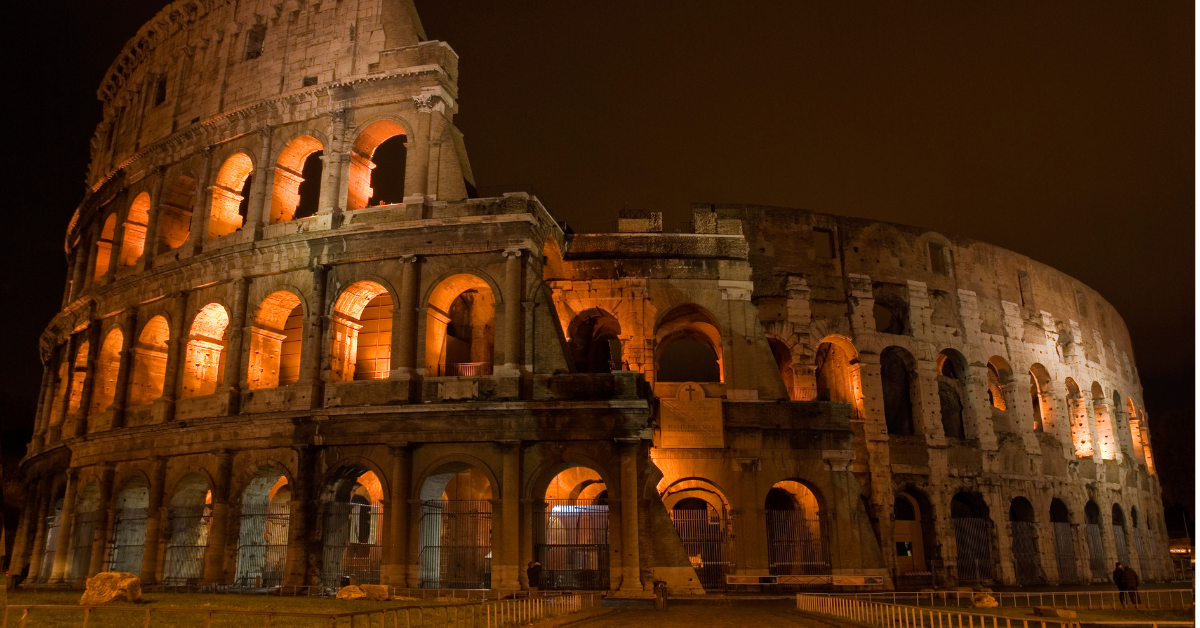
The Colosseum’s New Encore: From Gladiators to Global Music Stages
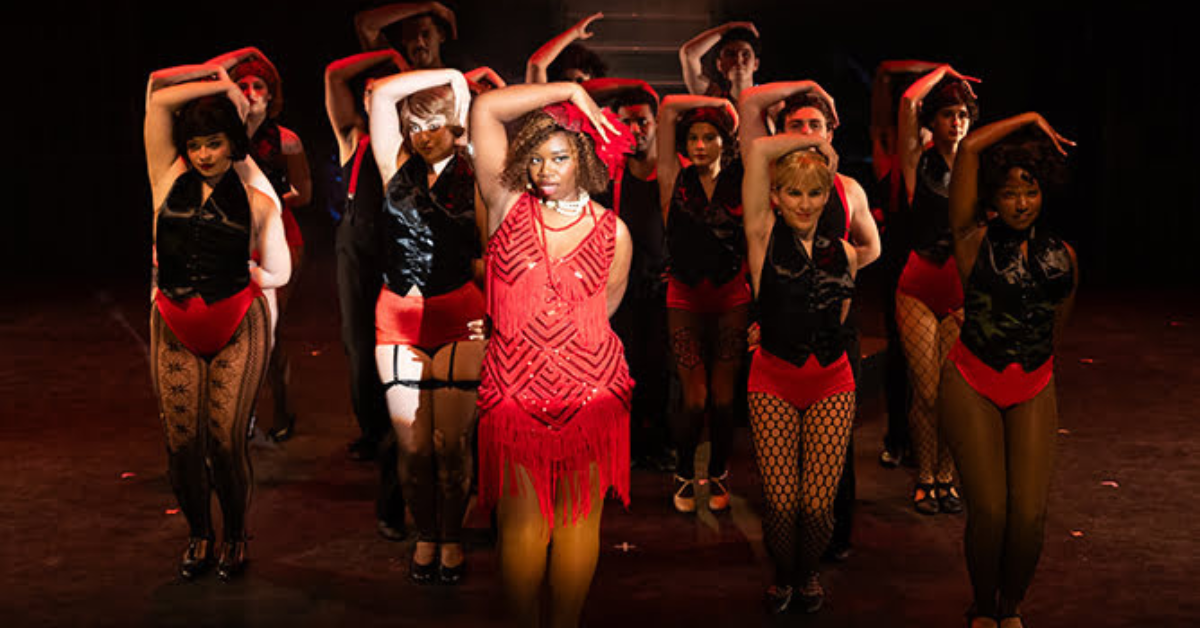
Experience World-Class Performances for Less with Tomorrow's Stars
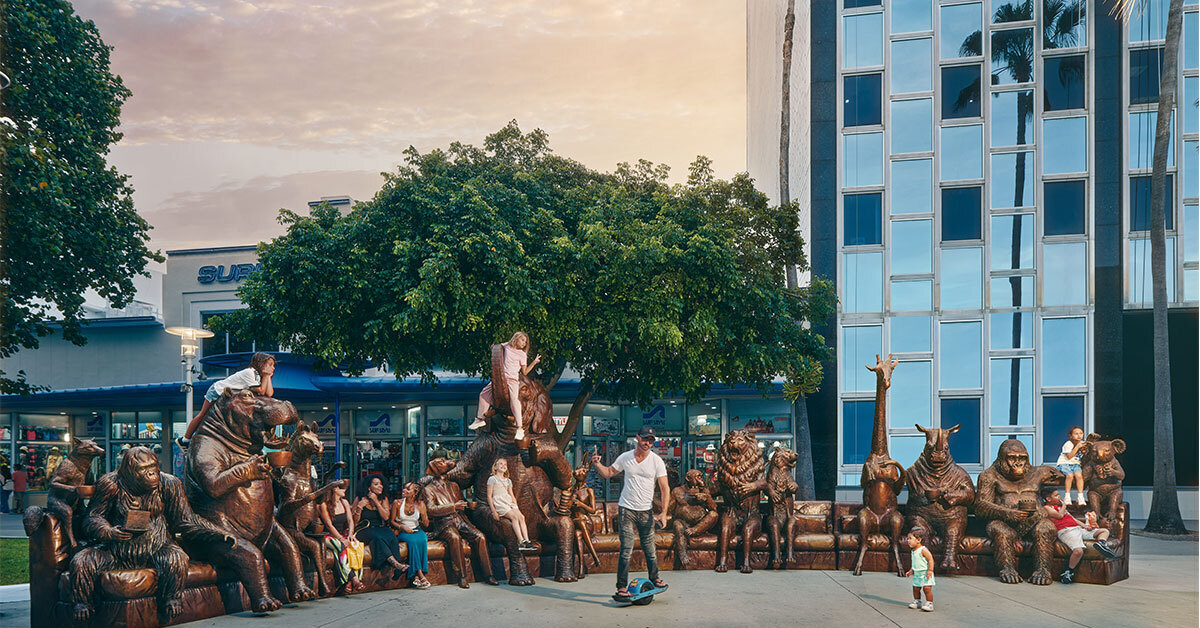
Miami's Lincoln Road Turns Into a Free Open-Air Sculpture Garden for Miami Art Week 2025
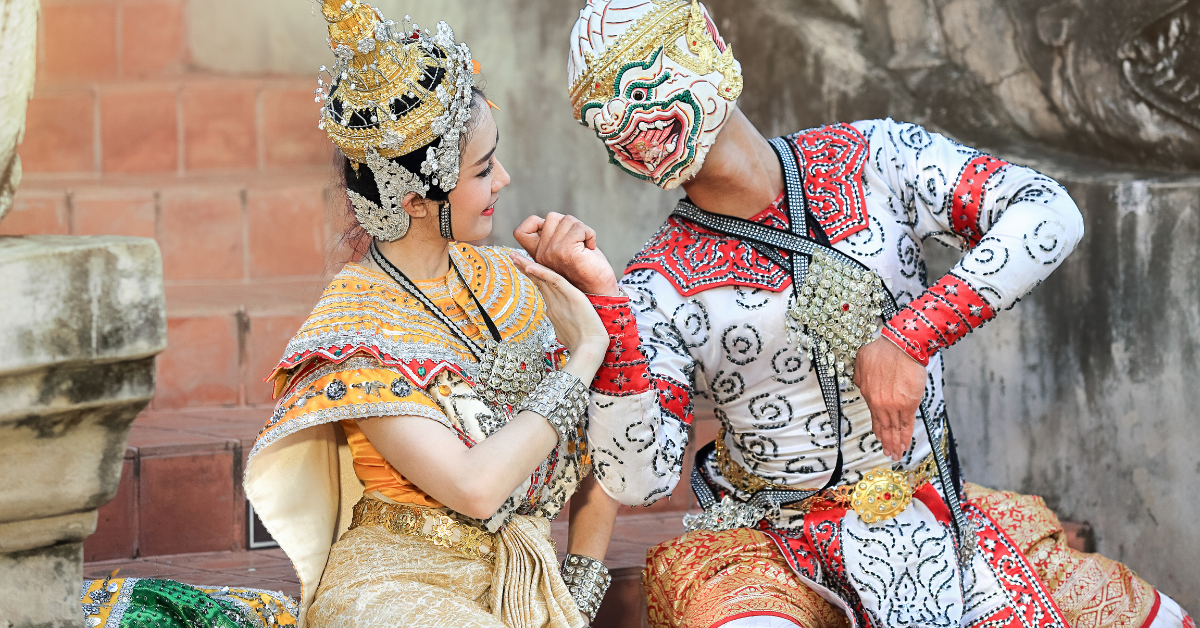
From Sacred Rituals to Global Stages: A Living History of Theater
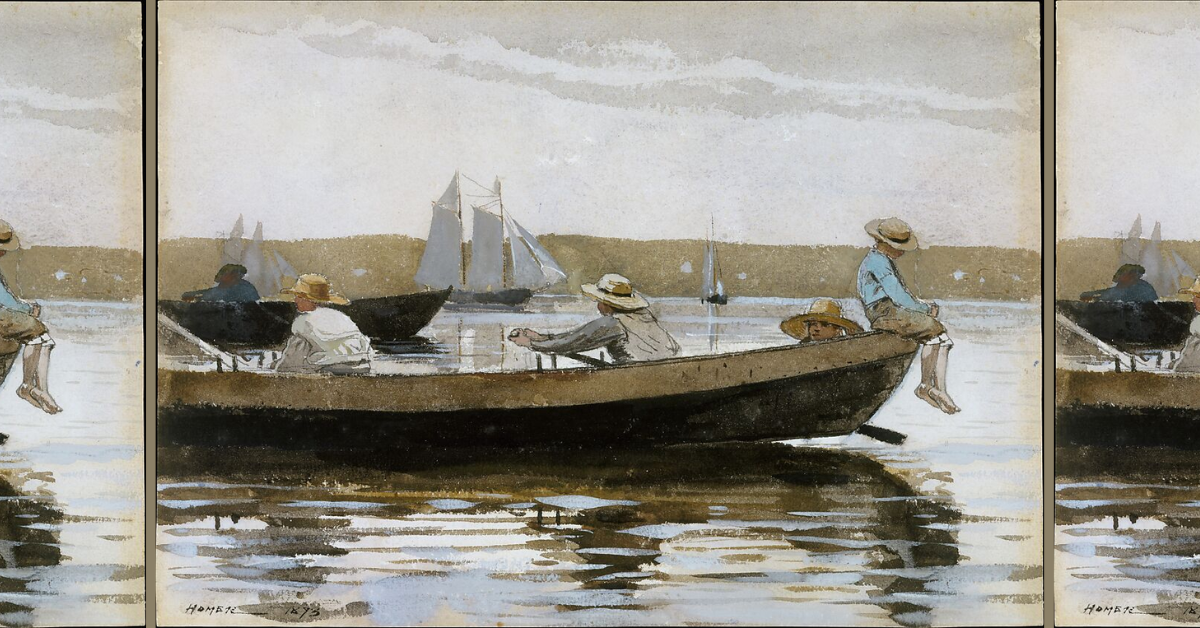
The Evolution of Culture Through the Arts
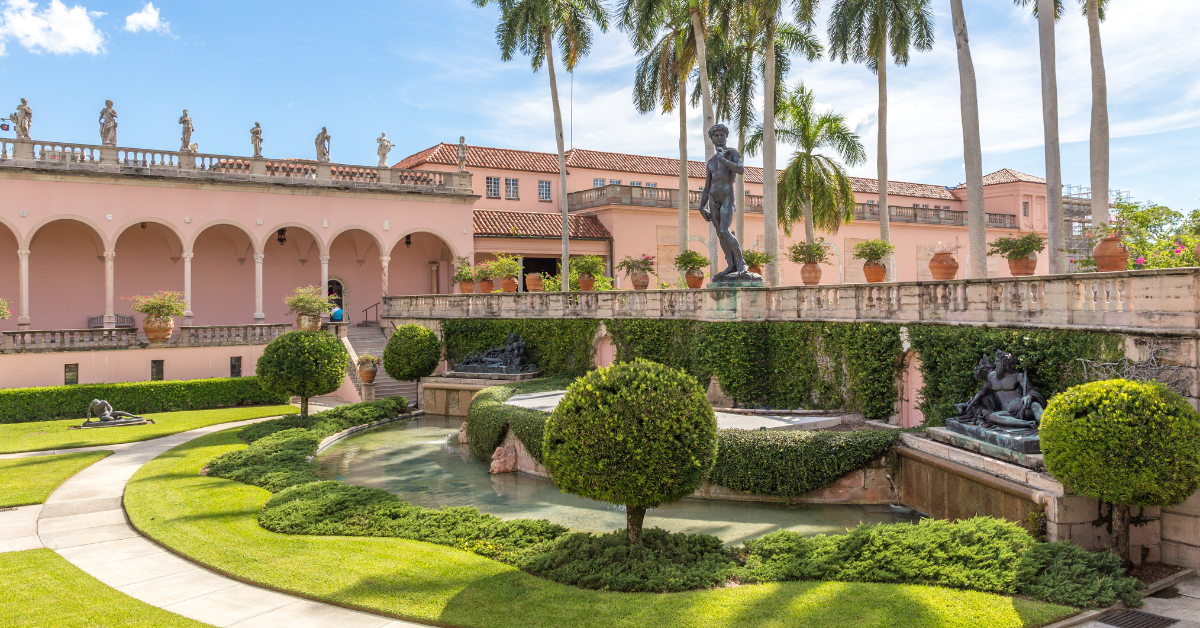
A Culture Lover’s Sarasota, Florida Guide: Art, Performance & Creative Things to Do

The Ultimate Hollywood Florida Arts & Culture Guide
